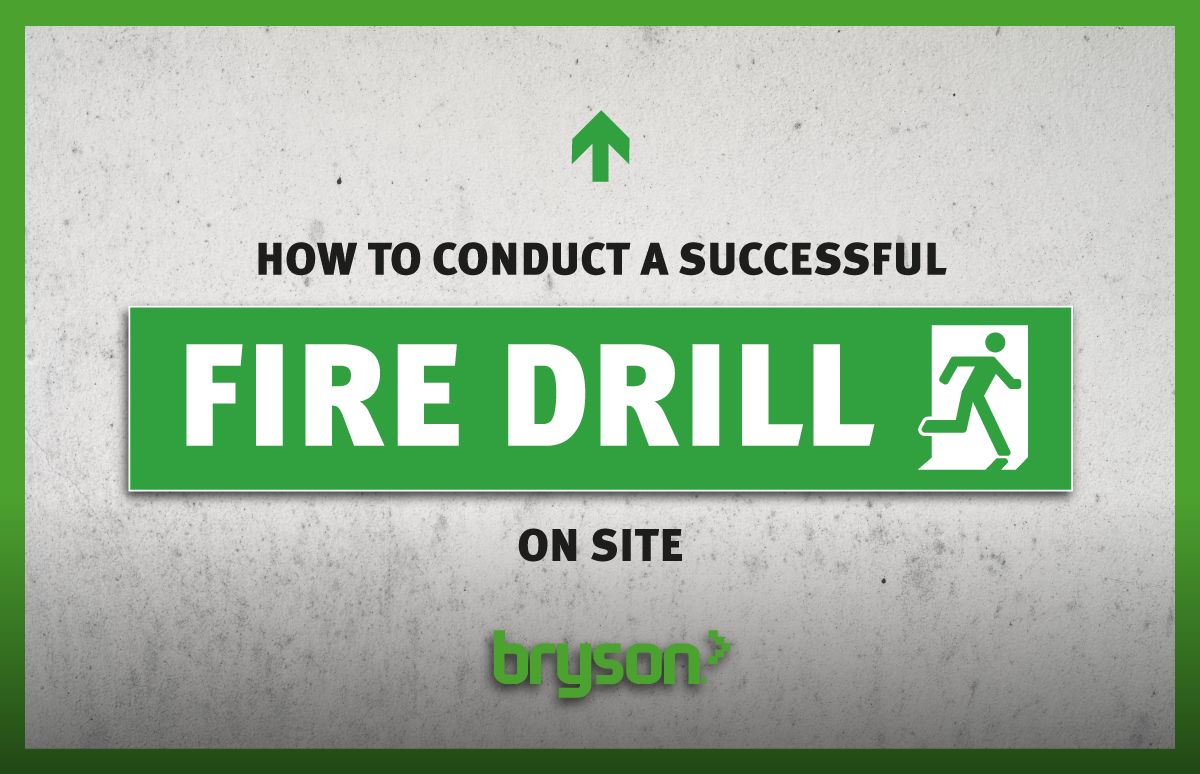Raise the Alarm: How to run Fire Drills

Apart from handling a real fire, one of the biggest headaches for building administrators is the fire drill. If you’re dealing with a large site with many employees, conducting the drill may not be as difficult as making sure everyone participates. Here are some suggestions to increase involvement in fire drills on site.
1. Assign Marshals
As a building administrator or health and safety officer, part of your duty is to assign fire marshals at every building project/site. Those assigned must agree that they can be held accountable, and have a clear idea of what their duties are as fire marshals.
Apart from the marshals, deputies should also be appointed and likewise capable of taking over the marshals duties in their absence.
2. Map Out Plans
With the fire marshals and a member of the fire department present, determine emergency routes, alternative routes in case any exits are blocked and schedule regular fire drills. You must also agree on rendezvous points for evacuees. This will make it easier to see if everyone has safely left the building site, and which persons have failed to leave within the predetermined time. Those who don’t evacuate the building site on time will be considered casualties.
As part of compliance to fire safety regulations in the UK, ensure that the appropriate fire-fighting appliances and fire safety signs are in place and are of sufficient number. You must also ensure that the fire marshals know where they are and how to use them.
3. Provide Clear Guidance
Organise a chat with your building workers and include a presentation on fire safety within the building site. Part of your presentation should emphasise why fire safety and fire drills are a necessity and cite examples of events that happened because people were not trained to handle emergencies.
According to the Health & Safety Executive (HSE) instruction and information on how to prevent fires and what to do in the event of a fire must be provided to all people on your site. Even those that are just visiting for a few hours and sub-contractors “should receive sufficient information to know what to do in the event of fire.”
They also advise that engagement during these conversations is vital to asses if the information provided is adequate or if further explanation of fire safety procedures are required. They suggest asking individual workers: ‘What is the fire alarm?’ and ‘What would you do?’.
Checklist key talking points
To ensure all key site fire safety points are provide in a clear and concise manner to all site members, work through a checklist, and if required provide a map and written summary, such as Fire Action Notices for future reference.
- Significant findings from your fire risk assessment
- The measures that you have put in place to reduce the risk
- What personnel should do if there is a fire
- Identity of people you have nominated with responsibilities for fire safety
- Any special arrangements for serious and imminent danger to persons from fire
4. Insight into potential hazards
Team participation in fire drills also provides the fire marshals, site administrators and employees with insight to areas that could delay exit or increase risks. Encouraging a reporting system, whereby employee feedback their thoughts and idea on how to improve the process or highlight any new risks. This type of engagement increases awareness of an individual’s responsibility for their own safety and those around them.
The most important reason for participation in running fire drills is to give employees the knowledge and training to safely escape a fire if and when it happens.

